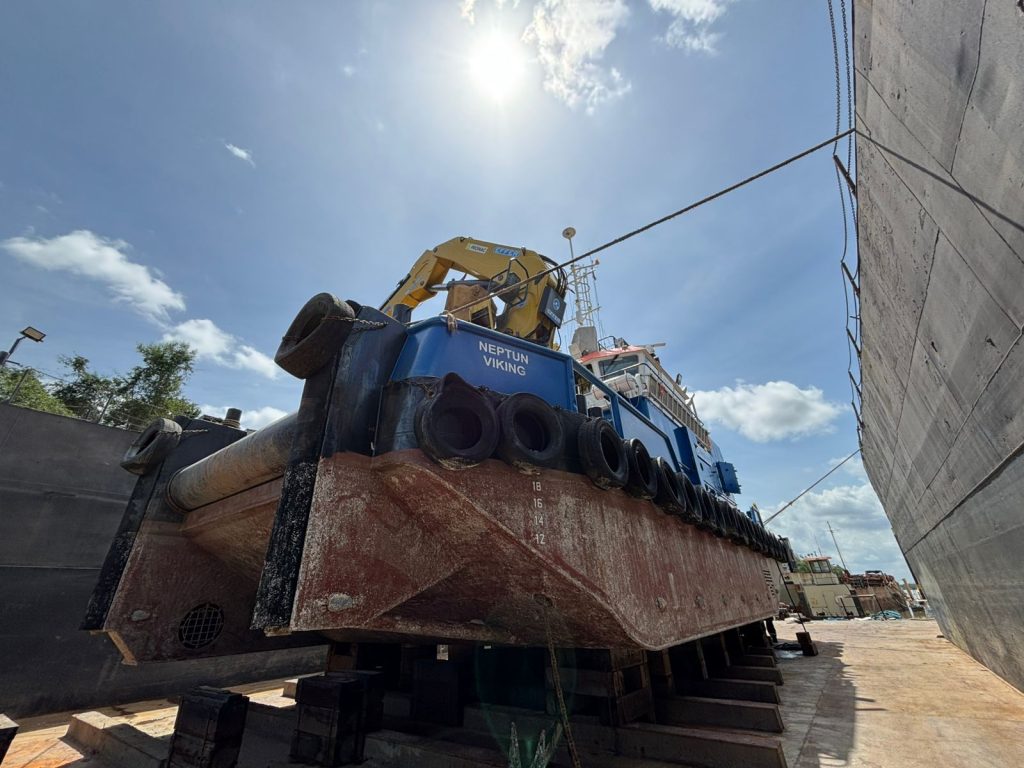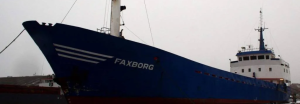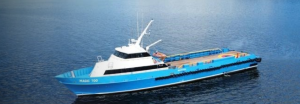Vessel
NEPTUN VIKING
Services performed
Hull Maintenance, Rudder and tail-shaft clearances, carpentry works and propulsion works.
Duration
November 2nd, 2024 to November 11th, 2024
Ship type
Tug
Comprehensive Dry Docking of the NEPTUN VIKING
On November 2, 2024, the NEPTUN VIKING, operated by Neptune Equipment B.V., commenced its dry-docking process, which concluded successfully on November 11, 2024. This comprehensive operation was spearheaded by the project department and involved a series of crucial maintenance and improvement tasks that ensured the vessel’s optimal functionality.
Key Activities and Maintenance Overview
1. Hull Maintenance The first step was to address the vessel’s exterior, starting with a complete scraping of the hull from the waterline to the keel, covering an area of 176 square meters. This was followed by pressure washing the same section to remove any lingering debris or marine growth. The bow thruster, as well as the port and starboard box coolers, also underwent detailed scraping and pressure washing to ensure unimpeded operation and efficiency.
2. Window Replacement A crucial part of the docking involved replacing one of the cabin windows, enhancing the vessel’s structural integrity and safety measures for crew and operations.
3. Propeller and Shaft Work Significant attention was given to the vessel’s propulsion system. The port and starboard side propellers were removed, inspected, and reinstalled, a critical step to maintain thrust performance. Additionally, the rope guards were similarly removed and refitted, and the propeller shaft sleeves and seals on both sides were replaced to bolster the vessel’s operational reliability and prevent future mechanical failures.
4. Transducer Modification Technical modifications were made to the transducer, improving its data collection capabilities, which are essential for navigation and operational monitoring.
5. Welding and Fabrication The dry-docking also involved specialized welding tasks, such as straightening and welding the rope guide. These efforts reinforced the vessel’s structural framework and operational readiness.
Conclusion
The meticulous dry-docking process of the NEPTUN VIKING demonstrated the commitment to quality and marine safety, as well as the strategic role of scheduled maintenance in extending vessel longevity and performance. The collaborative execution by the project team and Neptune Equipment B.V. ensured that the vessel is now prepared to navigate future missions with renewed efficiency and reliability.
Gallery






